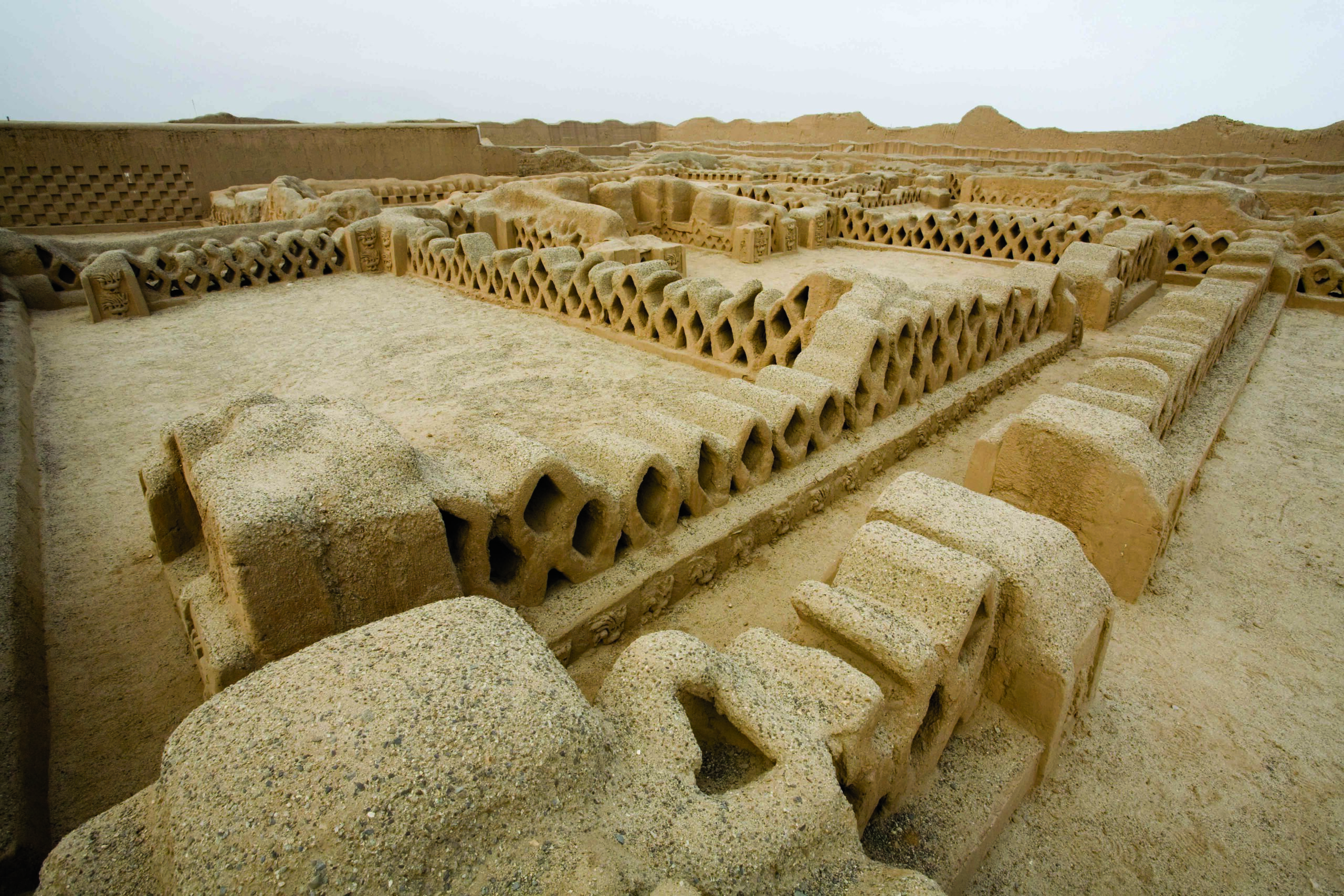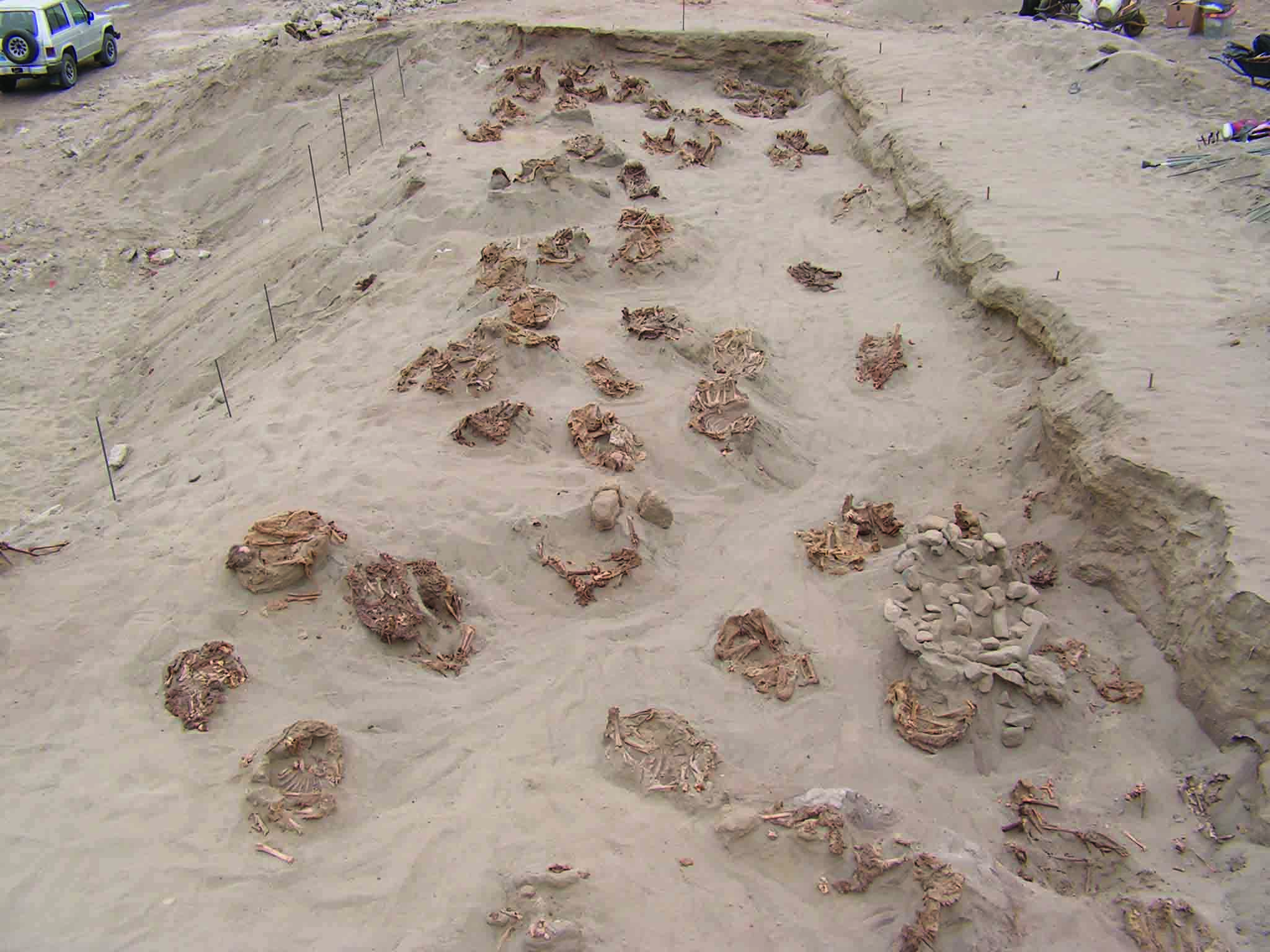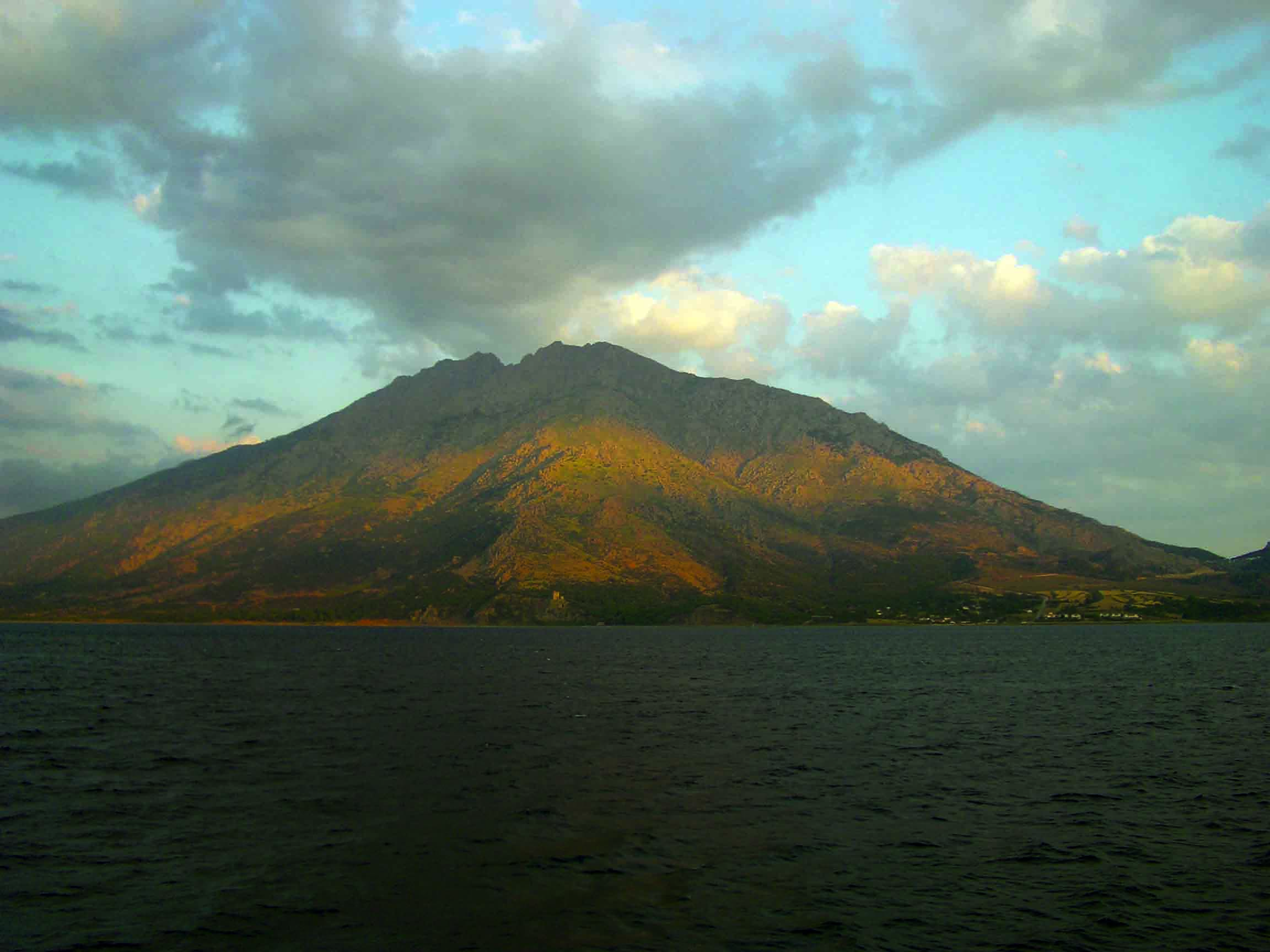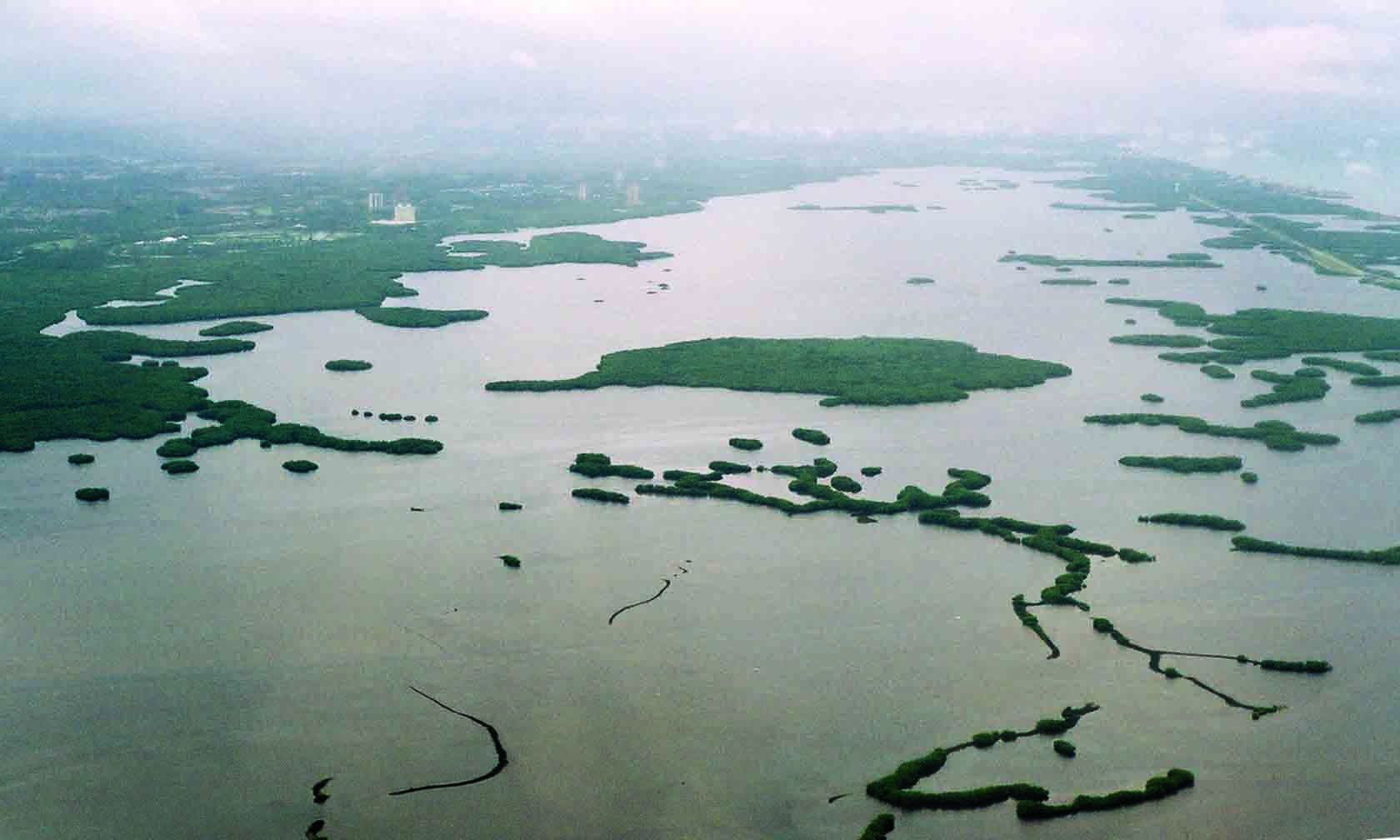LIMA, PERU—According to an AFP report, the remains of 29 people have been discovered at Huaca Santa Rosa de Pucala, a ceremonial center built between A.D. 800 and 900 in northern Peru’s coastal region of Lambayeque. Twenty-five of the burials, dating from A.D. 100 to 700, belong to the Moche culture. These remains had been placed in clay tombs and burial chambers, along with pottery and the remains of llamas, alpacas, and guinea pigs. The remaining four burials contain the remains of three children and a teenager of the Wari culture, which flourished in the central Peruvian Andes between the seventh and thirteenth centuries. These four had been sacrificed, and their remains buried at the front of the temple. “These discoveries allow us to rethink the history of the Lambayeque region, especially the links to Wari and Mochica occupations in the area,” commented team leader archaeologist Edgar Bracamonte. To read about a Wari brewery in southern Peru, go to "Alcohol Through the Ages: Forging Wari Alliances."
Wari Burials Unearthed in Northern Peru
News October 24, 2021
Recommended Articles
Features May/June 2023
Peru's Great Urban Experiment
A millennium ago, the Chimú built a new way of life in the vast city of Chan Chan

Top 10 Discoveries of the Decade January/February 2021
Child and Llama Sacrifice
Huanchaquito–Las Llamas, Peru, 2012


Digs & Discoveries May/June 2016
Women in a Temple of Death

-
Features September/October 2021
Secret Rites of Samothrace
Reimagining the experience of initiation into an ancient Greek mystery cult
 (© American Excavations Samothrace)
(© American Excavations Samothrace) -
Features September/October 2021
Searching for the Fisher Kings
In the waters of southern Florida, the creative Calusa people forged a mighty empire
 (Merald Clark)
(Merald Clark) -
Letter From Scotland September/October 2021
Land of the Picts
New excavations reveal the truth behind the legend of these fearsome northern warriors
 (Courtesy The Northern Picts Project)
(Courtesy The Northern Picts Project) -
Artifacts September/October 2021
Late Medieval Ring
 (© Amgueddfa Cymru – National Museum Wales)
(© Amgueddfa Cymru – National Museum Wales)


